Today, I am here to guide you about setting up a sublimation printing business with some major points that must be taken into account. Opening a profitable side business in customized merchandising and promotion using dye sublimation decoration is easy and doesn’t require a lot of money because the equipment is cheap, the graphic design software is simple, and there are a lot of blank items that can be changed to fit your needs.
Now, Setting up a successful sublimation printing business is not hard anyway because of SPH (Sublimation Printers Hub) guidance.
Setting Up Sublimation Business Guide
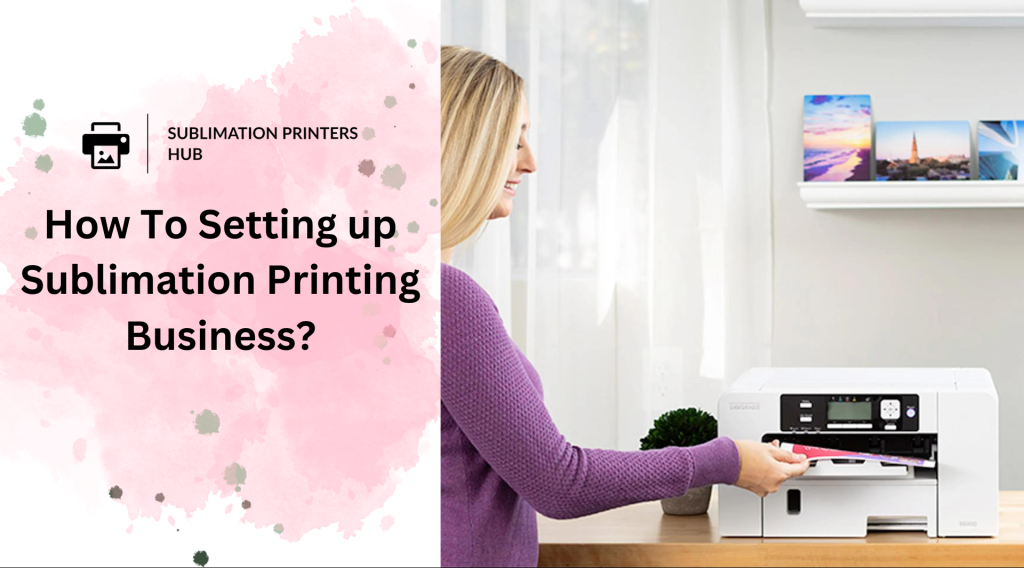
With an initial investment of as little as a few hundred dollars for a starter sublimation printer and a variety of blank inventory suited to local niche markets interested in gifts like custom mugs and hobby groups looking for custom game pieces or tournament swag, bootstrap entrepreneurs can start making money right away as a side job.
The only thing that limits their earnings is the amount of time they have to work on the business outside of their main jobs.
People who fully commit quickly move on to storefront workshops where they sell a variety of items, such as birthday magic memory mugs, customized phone cases, and one-of-a-kind commemorative glass awards for businesses and regional event planners who need impressive sponsor plaques, speaker gifts, and ceremony giveaways for attendees.
This complete guide covers every aspect of running a business, from choosing the right equipment to learning how to use important software. It ends with practical marketing tips for regularly getting orders so you can make razor-thin profits on one-of-a-kind goods that can’t be made overseas.
Video Guide – How to Start a Sublimation Business?
What Equipments are Needed For Starting a Sublimation Printing Business?
Starting a sublimation business lets you to modify and personalize fabrics, hard goods, and other objects with specific inks and heat presses. Sublimation is a burgeoning sector with numerous applications, including custom garments, gifts, and décor.
While sublimation requires some specific supplies and equipment, the initial setup costs are quite low when compared to other manufacturing and production firms. Here’s an overview of the essential equipment you’ll need to get started with a sublimation printing business.
Heat Press Machine
A heat press machine is the most important piece of equipment for sublimation printing. This machine uses heat and pressure to transfer sublimation ink from paper to various surfaces such as cloth, metals, plastics, and more. There are numerous kinds of heat presses to select from:
1) Clamshell presses have heating plates that open like clamshells. These are a good budget-friendly solution for novices.
2) Swing-away presses have heating plates that swivel to the side, making it easier to load garments. These are suited for large-scale production.
3) Mug presses are specially intended to sublimate mugs, bottles, and other cylindrical goods.
4) Heating plates on draw presses swing out to allow complete access to the lower platen. These allow printing on a broader range of hard products.
Whatever type you choose, seek for an industrial-grade press with precise time, temperature, and pressure controls. Sublimation presses typically range from 8×8 inches to 16×20 inches or bigger. Choose the biggest size you can afford and accommodate.
Sublimation Printer and Ink
You’ll need a specialist digital printer that uses sublimation inks, often known as dye-sub inks. Look for a model capable of printing in full color at high resolutions.
Sawgrass and Epson are both well-known sublimation printer manufacturers. Regular inkjet inks will not work, therefore use sublimation-specific inks instead.
Blank Substrates
You will need a supply of blank substrates to print your sublimation graphics on. For clothing, 100% polyester textiles are ideal. Items with hard surfaces, such as mugs, cutting boards, and metal prints, should be covered with a sublimation-compatible polyester coating.
To generate print-ready digital artwork, use design tools such as Adobe Photoshop or Illustrator. You’ll also need software, such as Adobe Publisher, to layout and print many images or repeating patterns on sublimation paper.
Additional Supplies
Here are some additional things to keep on hand:
1) Teflon sheets will protect your heat press.
2) Print transfers on sublimation paper.
3) Shipping supplies for final items.
4) Craft materials such as cloth blanks, ceramic tiles, and wood slices.
With high-quality sublimation equipment and supplies, you’ll be ready to create one-of-a-kind bespoke products. As you expand your sublimation business, prioritize efficient procedures, one-of-a-kind designs, and exceptional customer service.
Picking Up The Right Equipments For Your Sublimation Printing Business
When starting a sublimation business, one of the most important things to do is to find the right printer/heat press combination that balances dependability, output quality, and capacity for fast early growth without spending too much in case people lose interest in more complex offers. When choosing starter gear, think about this tiered buying guide:
Beginning Hobbyist Gear:
Fully capable of making high-quality one-of-a-kind novelty items like custom tiled coasters or basic graphic t-shirts.
Perfect for getting started with design before investing in more expensive commercial systems.
– The Epson ET-2720 printer costs $200
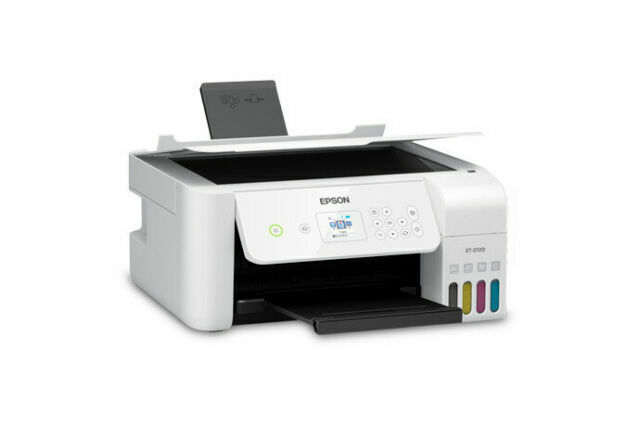
Get more guidance about what kind of printer do you need for sublimation?
– FancierStudio Swing-Away 9×12″ heat press ($130)
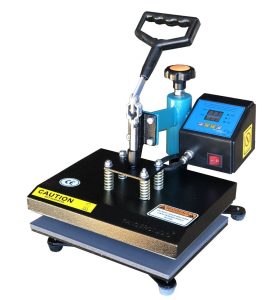
– Items in stock but not yet used: sublimation paper, clay tiles, polyester shirts
– Costs in total: less than $500
can we use a regular printer for sublimation?
Dual-Use Kits for Consumers:
Dye sublimation works with regular ink jets, so business owners can use normal marketing materials like brochures, posters, and signs along with sublimation services. Increasing the variety of ways to make money without locking in specific assets too soon.
– The Canon Pixma TS702 Wireless printer costs $399
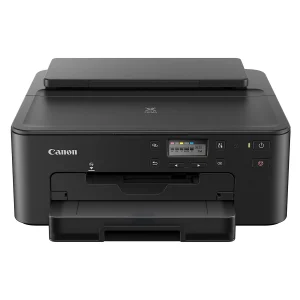
– Fancier Studio Power 15×15″ heat press ($299)
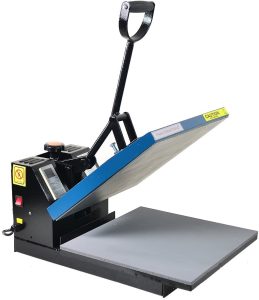
– Stock that is empty: hard and soft surfaces, dye sub inks
– Costs all together: around $1,000
Making Commercial Sublimation Prints:
Engineered to handle a lot of contract orders and wholesale business, with faster print speeds, larger platens, and the ability to print in big formats.
- The Epson SureColor F570 printer costs $2,000
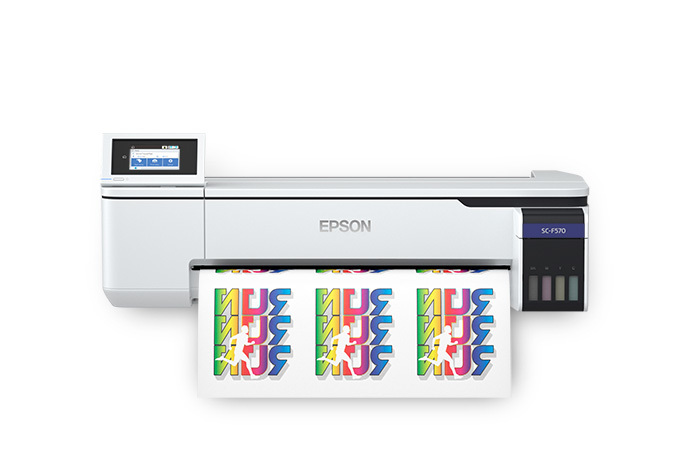
- GEO Knight DK20SP heat press ($1250)
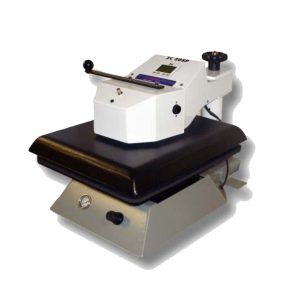
- Extras: ovens on a conveyor belt, a cutter and a washbasin washer
- Total Costs: $5,000 or more
Sublimation Printer Pricing analysis
Important Software For Sublimation Printing
Many printer manufacturers include basic design software suites with their hardware. However, these software suites usually only have a few features that make them unsuitable for complex graphic design editing or scalable template catalogue support, which is needed for bulk orders where each piece has a very different design, like unique photo canvas panels.
Put your money into real production-strength tools instead, such as:
- $20 a month for Adobe Illustrator
- Vector artist’s pick
- CorelDraw ($300 license that lasts forever)
- Knife from Switzerland
- Printivity by Sawgrass costs $50 a month
- Complete automation
When used with stock photo subscriptions from Shutterstock, Envato, and Getty, these professional apps make it possible for artists to make personalized patterns that are limited only by their ideas and the tastes of their target market, not their software skills.
Upload Artwork Files To Sublimation Printer
Putting together your catalogue of custom decor
The more decoration choices that are shown in marketing materials and sales proposals, the more money that can be made from each project.
This is because premium blanks cost clients a lot more than generic clothes that can be bought anywhere and are often on sale in retail channels.
The first list includes:
– Clothing: scarves, ties, t-shirts, and one-piece swimsuits for babies
– Drinkware: tumblers, shot glasses, beer mugs, and wine glasses without stems
– Tech: wireless chargers, phone cases, and laptop skins
– Serving trays, keepsake boxes, and fabric art are all home goods
– Extras: luggage tags, key fobs, and serving boards made from restored slate
Conservative supply chain management lowers the risk of having too much inventory on hand, and drop shipping agreements with platform wholesalers such as TSC Apparel, Belquette, and Asian Ceramics speed up access to thousands of extra items at volume-based rates that can grow with the needs of customers who are upgrading and looking for more unique personalized gifts like display chrono watches.
How To Sublimate on 100% Polyester Material?
Pricing To Make Money
Blanks, graphics prep time, shop energy, and shipping all affect the “sweet spot” prices that make things affordable while still leaving enough room for profit to cover costs like labour and equipment.
When setting prices:
- List all the separate steps in the production process along with their corresponding hourly labour estimates;
- Look into current auction rates for similar goods;
- Tell customers what level of quality they can expect based on how complicated the graphics are;
- Offer discounts for buying in bulk, but don’t go overboard;
- Check customer sentiment every so often at higher price points
Once you know what the base costs per unit are, you can play around with surrogate gifting improvements and perceived exclusivity filters to support the high-end look that comes from one-of-a-kind customization.
How to solve ghosting issue in sublimation printing?
Making Order Management Easier
If you promise a 48-hour turnaround on approval designs, you could end up with a mess of revisions, a lot of emails, and expectations that aren’t clear because you don’t have structured order processing processes that cover:
- Instant online quote generators
- Template displays and ways to make changes
- Approval of proofs up front before secondary mockup bills
- Safe links for payments through Square, Stripe, or PayPal
- Automatic confirmation of orders
Modern platforms like Printivity, InkSoft, and DecoNetworks connect online stores that sell things directly to production. They do this by automating the process, which helps small studios grow by getting rid of labour bottlenecks. Accounting, customer records, capacity planning, and shipping can all be done on different devices with the help of API connections.
Sublimation Printing Tutorials
Putting Together a Client Order Book
Referrals from happy customers are still the best way to get new customers and keep the ones you already have. But to start raising awareness and trials, you need to network with the community in a strong way by:
- Renting booth space at local street markets and craft fairs with eye-catching displays of all kinds of goods
- Holding open studio events like art lessons and workshops for people who are new to digital design
- Looking for places to put our products in gift shops, spas, and golf pro shops
- Getting to know youth league teachers, event planners, and country club directors
- Giving custom mugs and cases as thank-you gifts to local store owners who let us advertise in their front doors
Spend a small amount of money on paid ads on social media and community calendars at first to see if people are interested. Only then should you increase your spending as you see better results from your ads.
Putting Together a Lift Pitch
Customers who are looking at different options should focus on how customizable sublimation is and how long it lasts compared to screen-printed pictures, which fade and peel after repeated use.
“Private dyes and heat infusion make sublimation permanently bond custom designs directly into specially coated ceramics, metals, and high-performance fabrics at the molecular level. This makes one-of-a-kind gifts that match any decor and won’t scratch or fade over time like cheaper printing methods.”
Can sublimation ink be used for regular printing?
Other shorter options:
“Customisation that lasts. No flaws in the photos. No End to the Gift Potential.”
It’s easy to make one-of-a-kind heirlooms.
Big marketing headlines get people’s attention, but one-on-one talks with customers build relationships that last, so take the time to show samples of the decorative craft. When you frame sublimation as an artistic option to expensive professional painter commissions, you raise the sense of exclusivity, which is perfect for a high-end shop.
Getting Into New Products
Once you’re sure that your original inventory is consistently profitable, check with local customers to make sure that the quality is good, and then look at similar sublimation-ready products every so often. Think about:
- Placemats, bowls, and leads for pets
- Baby wraps and cradle blankets made of fabric for babies
- Tumblers and bag tags made of stainless steel for cars – Full-color umbrellas and folding hand fans
- Salad plates and charcuterie knife sets that look nice – Towel sets and shower curtains
Accepting customer suggestions for one-of-a-kind test pieces during development increases creativity, but there should be a small extra charge for shop work to cover test waste.
When looking for new products, make sure they are viable in these areas before you start production:
- Has the manufacturer tested and proven that the printer, ink, and paper work well together?
- What kind of design preparation makes the best transfer results possible?
- Does adding decoration to a mass make it less useful? Outweigh the planned form?
- Do I have the right heat press attachments to make sure even application across different forms and levels of hardness?
- What finishing steps, like padding or liquid seals, do you do after the process to make it last longer?
Product designers can make a lot more money without taking on inventory risk until they know for sure that each new product will sell in the market. They do this by matching production explore interest with small investments as demand allows.
Why my sublimation printer printing lines?
Taking Design to New Heights
Once you know how to do basic tasks in a process, you can try more advanced techniques, such as intentionally scorching paper and using different levels of heat to give materials a worn-out look that looks like tie-dye.
Or, give your creativity full rein by printing wide-angle landscapes from sea to sky right onto whole turkey eggs. These gifts for clients or event decorations are sure to get people’s attention.
To make laminated birch trinkets that look like waves, you can simulate hydrographic effects on them.
For local sports fans, you can license famous game photography that is sublimated directly onto regulation-size and weight composite balls that can be used for autograph events or to show off collectibles.
This huge potential sparks interest, which leads to regular specialty orders in between regular product runs that earn higher margins thanks to media buzz.
Smart social media seeding may get press attention during slow news cycles, and the only thing that stands in the way of surface customisation is creativity.
The pricing and cost table below shows how much you’ll spend and how much you’ll make in the first year, based on an imagined $10,000-a-month turnover rate that can be reached by focused networking and smart digital advertising.
How Much it Costs for Sublimation Printing Business?
$250 for equipment rental + $400 for shop overhead + $100 for software and graphics + Base Materials: $2,000 Work: 20 hours a week $1600 = $4350 in total.
Items sold for $10,000 – deductions of $4,350 = net profit of $5,650.
If the average sale price is kept at $15, this brings in about 670 units per month, or 168 units per week, which is a lot less than the total capacity. This means there is a huge opportunity to make a lot of money by filling company custom orders with higher-margin premium materials as customers’ gift-giving budgets grow.
Look at The Risks in Setting Up Sublimation Business
People are interested in this profitable niche customisation market because of following reasons:
- Low start-up costs of less than $1500
- Workflow software for instant order fulfilment
- No risks of hiring workers abroad
- Short sales processes for clients thanks to high-quality samples of the product and an already-made template Picture Galleries
Sublimation Ink Cartridges Buying Guide
Taking steps to keep growth paths steady:
1) Keep a small emergency fund that covers three months of running costs. This will protect your income during seasonal volume drops that happen when corporate budgets are reset and families cut back on spending.
2) Look into credit lines through Kabbage or PayPal to cover sudden increases in specialty inventory if custom orders go up without warning.
3) Think about setting up an LLC to keep your business and personal assets separate before you have to pay taxes on profit increases.
4) Don’t hire your first employees until your profit margins stay above 20% to avoid payroll capital risks.
Article: How To Print Sublimation Images?
Conclusion
The promise of sublimation decoration is a quickly profitable manufacturing craft that can be done by people of all skill levels and doesn’t take up whole homes like messy screen printing rigs do. Mastery turns artistic ideas into amazing gifts that are only limited by the size of the printer and press.
This opens up new ways to be creative and make money, without having to wait years for profits to come in like with traditional stores. Get complete freedom to be creative as you build your personalized promotion business right now.
Thank you for reading how to setting up a sublimation printing business article, have a nice day.
Can Sublimation Print White Color?
Heat press – This process uses heat and pressure to transfer dye from paper to items. You’ll need at least an 8×8 inch press, but a 16×20 inch or greater is ideal. Clamshell, swing-away, and draw presses are popular varieties.
Sublimation printer and inks – You’ll need a specialized printer, such as a Ricoh or Epson, that uses sublimation ink. The inks are carefully formulated dyes that convert to gas before transferring to materials.
Blank substrates include polyester textiles, hard objects with poly coatings, ceramic tiles, metals, and other materials on which to print final graphics.
Design software, such as Adobe Photoshop or Illustrator for printing, and Adobe Publisher for laying up many graphics.
Sublimation paper: This is the special paper on which the dyes will be printed before being heat pressed.
Shipping supplies include poly bags, tissue paper, labels, thank you cards, and other items used to package finished products.
> Heat press: $200 to $1000+, depending on size and features.
> Printer: $200 to $600 for a premium sublimation model.
> Initial ink and paper stock costs $200.
> Blank substrates start at $100-$300.
> Software: $15 to $50 per month for subscription-based products.
> Marketing expenses average $300 per month for digital ads, a website, and so on.
To start on a small basis, expect to spend between $2000 and $5,000. Leasing retail or commercial space will result in increased costs.
Graphic design: Having great design abilities or employing a designer is essential for producing unique prints that buyers desire.
Online marketing entails using photography, descriptions, social media, advertisements, and SEO to promote your brand online.
Customer service: Provide exceptional service and communication to keep customers satisfied and generating referrals.
Time management: You’ll be juggling orders, production, shipping, bookkeeping, and other responsibilities, so organization is essential.
Profit margins vary greatly depending on the things you choose to produce and sell. Profit margins for basic products such as t-shirts and mugs may range from 50 to 60 percent. Profits for things that involve more labor, such as garments or presents, can range from 30 to 40%. Remember to put in your labor expenditures as well. Price your things attractively yet high enough to ensure decent margins.
> Apparel like t-shirts, sweatshirts, newborn clothes.
> Housewares include coasters, cutting boards, and mugs.
> Canvas prints, phone cases, and personalized ornaments are some examples of decor.
> Accessories include purses, hats, wallets, and keychains.
> Gifts like vacation images on mugs, mousepads, and keychains.
Concentrate on personalized, unique products or imaginative designs for popular products. Offer quick turnaround times.
> Business licenses and permits: Register your business name and obtain any essential licenses and permits.
> Sales tax: If you sell retail, you must collect and remit sales tax. Keep up to date with state and local tax legislation.
> Income taxes: Pay an estimated quarterly income tax on your earnings. Hire an accountant to help with your taxes & Insurance.
> Consider purchasing general liability insurance to safeguard your firm from potential lawsuits and losses.
Increase your product offerings by purchasing more equipment such as embroidery machines or vinyl cutters.
Purchase more or larger heat presses to print larger orders faster.
Hire more workers to enhance production capacity and take over activities such as order fulfillment.
Create an ecommerce website and focus on digital marketing to increase sales.
Rent a retail space and hire employees to start your own custom printing business.
Automate as many operations as feasible, including inventory management and order processing.
Online – Create your own ecommerce site and sell on Etsy, Shopify, Amazon Handmade, and other platforms. This exposes you to a global customer base.
Local retail – By renting a booth at craft fairs, markets, and pop-up events, you can sell directly to customers.
Wholesale: Selling bulk orders to other firms for resale. It could be retail outlets, business clients, teams, or schools, for example.

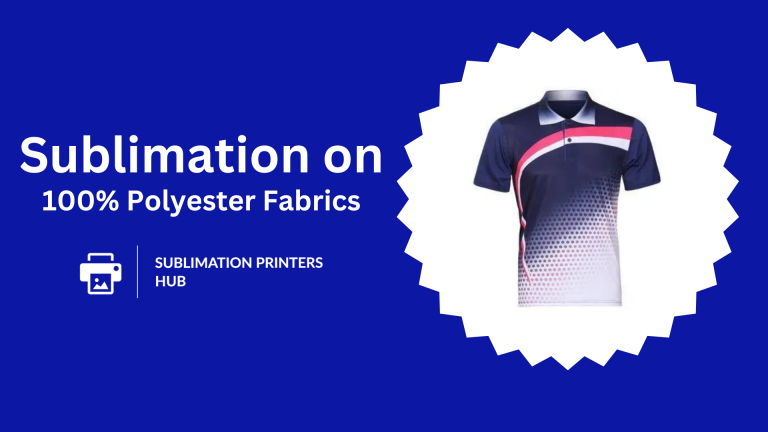
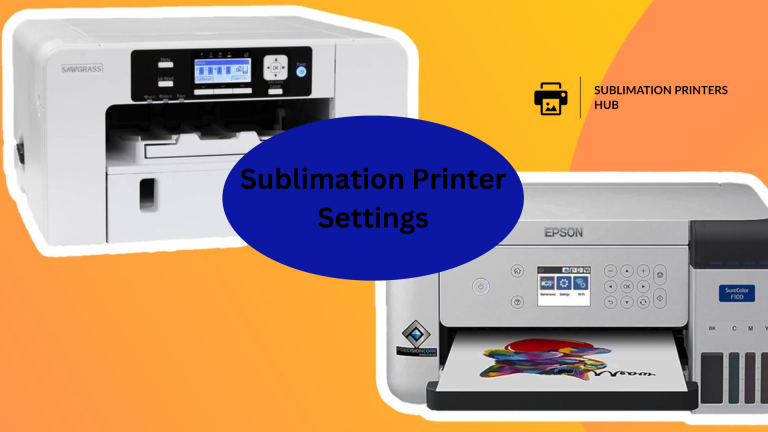
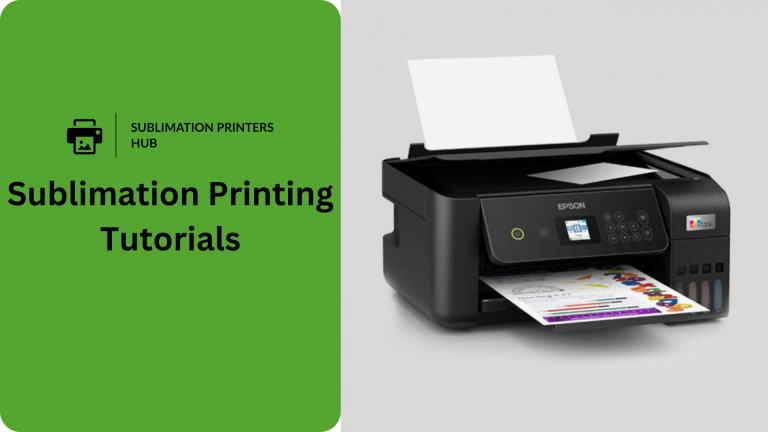
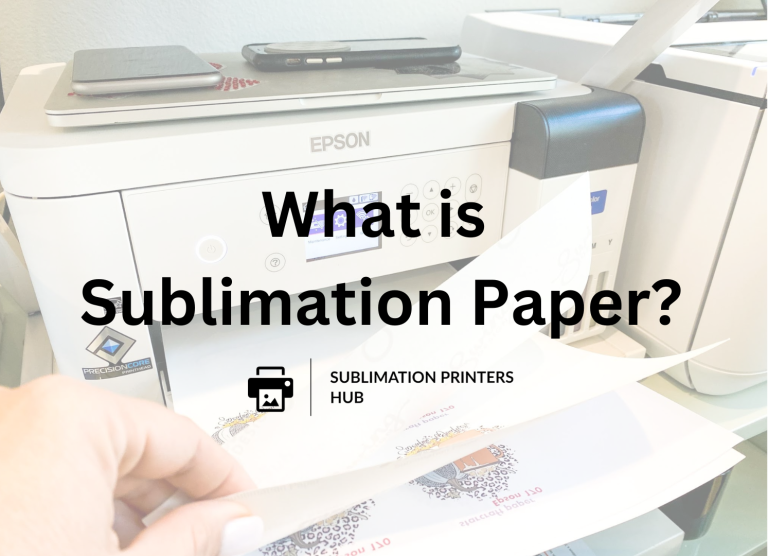
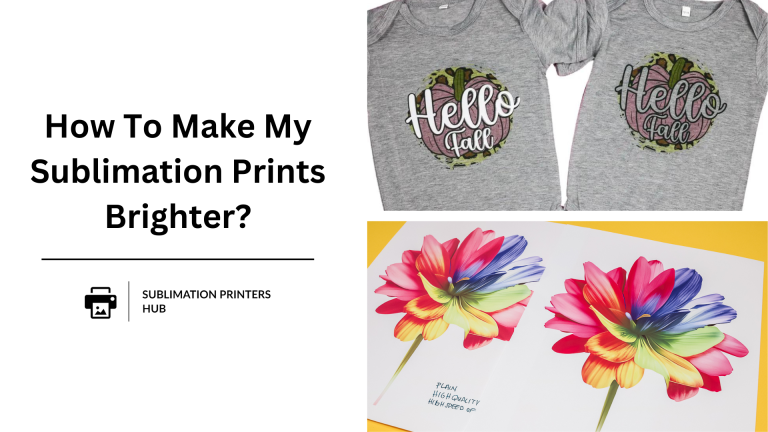
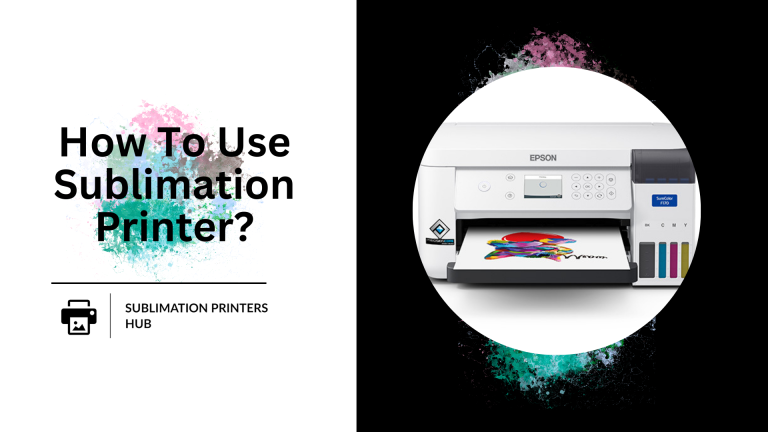
10 Comments